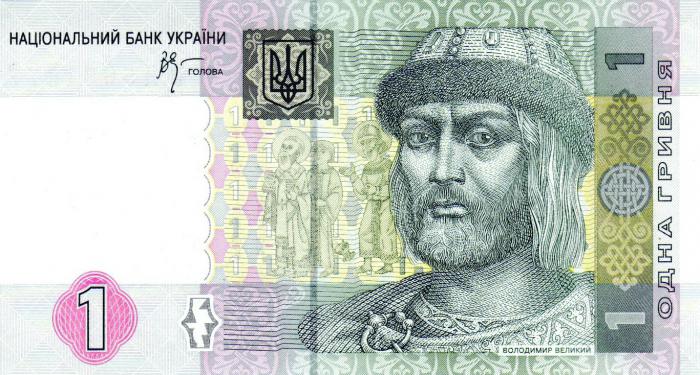Equilibrium in the money market of Russia is regulated by the monetary system of the Russian Federation
Today, the monetary system of any country consists ofthe following elements: a monetary unit, types of money, the scale of prices, the issuing system and the state or credit apparatus. Monetary systems of highly developed countries have their own distinctive features, on which the equilibrium in the money market depends:
- Exchange of banknotes for gold, provision of banknotes and cancellation of state gold content.
- Transition to credit money, which is not exchanged for gold and turns into paper money.
- Money is issued to cover the costs of the state, and not just for bank lending to the economy.
- The predominance of non-cash turnover.
- Strengthening monopolistic state regulation of circulation of money.
Monetary system of the Russian Federation
The state monetary system of the Russian Federation - historicallythe established system of circulation of money in the country, fixed by national legislation. In 1991, the monetary system of the Russian Federation underwent significant changes, before that the Russian budget was included in the state budget of the USSR. The state monetary system always defines a money symbol that has circulation in the country and allows to establish macroeconomic equilibrium in the money market. Monetary unit is a money symbol established by law and serving to express and measure the price of any product.
- 1. The monetary unit of Russia is the ruble.
- 2. State banknotes having legal payment power - treasury notes, bank cards and a small coin (determined by acts of the government and special laws of the state).
- 3. The state scale of prices is a means of determining the value of goods, expressed in monetary units and based on the weighted amount of precious metal in a monetary unit.
- 4. The state exchange rate is a balance between the currencies of different countries, which is determined by their purchasing power.
- 5. The procedure for issuing (cash and non-cash) and monetary circulation are processes regulated by the domestic legislation of the country.
- 6. Rules for the organization of international payments, import and export of the national currency regulating operations in the money market are aimed at servicing the monetary turnover inside the country and balance in the money market.
- 7. Non-cash money turnover is regulated by the order of functioning of money credited to bank accounts.
- 8. Credit and currency regulation is carried out by the Central Bank of Russia.
The monetary system of the Russian Federation includes the following aspects of financial relations:
- state credit;
- the country's budget system;
- fund of personal and property insurance;
- off-budget funds;
- finance of various forms of ownership.
The monetary system, which preserves the equilibrium onmoney market, there are two types: the system of circulation of metal coins and banknotes, when silver and gold are forced out of circulation by indivisible paper and credit money. Systems of metallic circulation are divided into monometallic and bimetallic. Bimetallic are called monetary systems, under which the state legislation fixes the role of the official equivalent for two precious metals in silver and gold. At the same time, the state carries out free coinage of gold and silver coins in unlimited circulation. Together with them, other monetary symbols take part in the money turnover: a change of coin, banknotes, treasury notes, while they can be freely exchanged for gold or silver.
Monometallism is different in that as auniversal equivalent is used only one of the metals - gold or silver. Gold monometallism existed in Russia before the revolution, while commodity prices are calculated in gold, it performs all monetary functions in the country. To date, there is no metal circulation in any country in the world, and state banknotes are issued in the form of credit bank cards, treasury notes and change coins. Equilibrium in the money market allows you to save your capital not only to state structures, but also to individual citizens who trust their deposits to the state.




